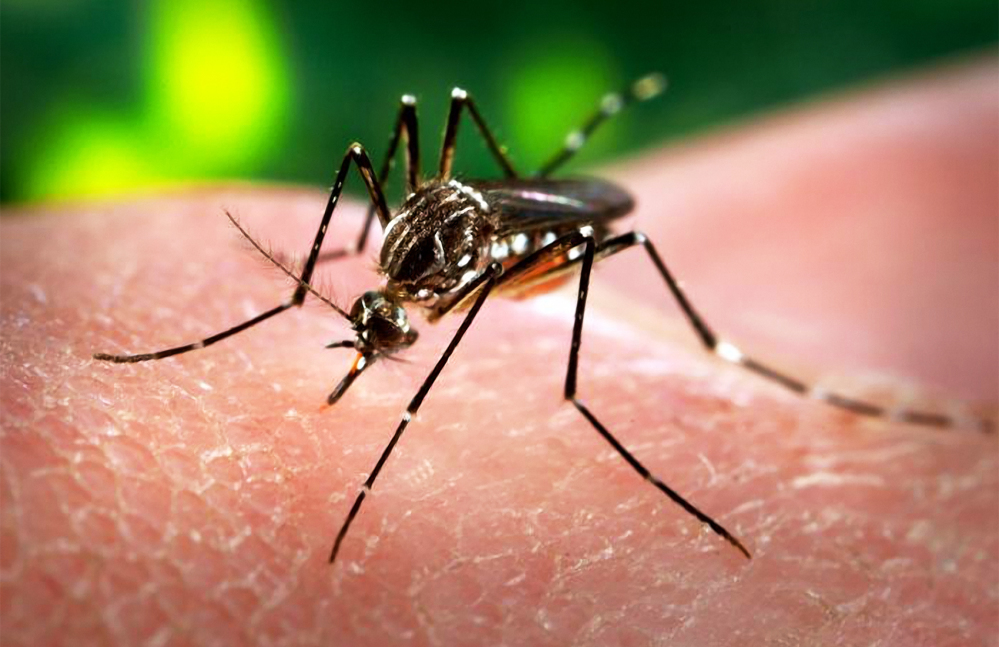The number of countries and territories in the Americas reporting cases of the mosquito-borne Zika virus rose to 22 on Tuesday, more than double the number a month ago, according to the Pan American Health Organization (PAHO).
An outbreak of the virus is affecting large parts of Latin America and the Caribbean and is likely to spread to all countries in the Americas except for Canada and Chile, the World Health Organization (WHO) has said.
The virus was first identified in Uganda in 1947 and was unknown in the Americas until 2014.
The disease is usually relatively mild but . . .






